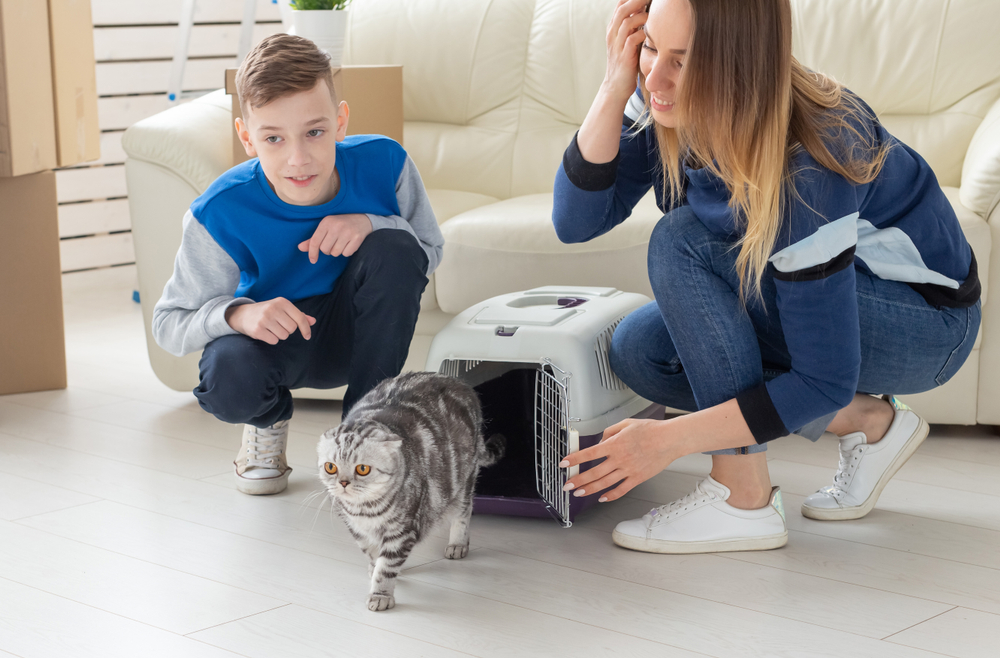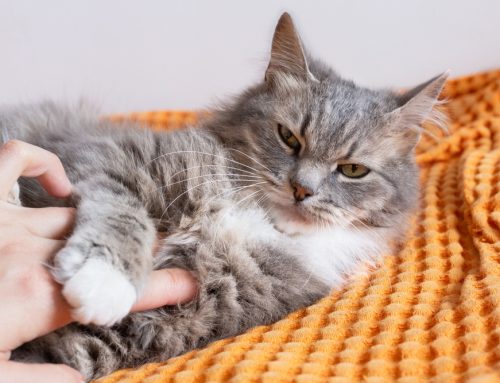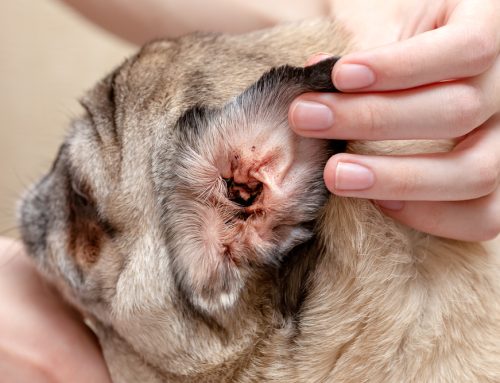Bringing home a new pet is an exciting time, but it can also cause an upheaval in your household. Before you welcome home that adorable puppy you found in an animal shelter, take the time to prepare your home, your family, and your current pet for a new addition. Follow these seven tips to smoothly introduce a new pet to your household.
#1: Be a pet matchmaker
If pets could be instant best pals, that would be wonderful, but it’s rarely the case, and you should search for a new addition whose personality suits your current pet. You may be smitten with that feisty kitten, but your geriatric cat with arthritis and kidney disease will certainly think otherwise. When choosing your new pet, also consider what your family wants. Are you looking for an active pet whom you can take hiking and running, or a more mellow couch potato? How much time can you devote to training your new pet? Can you handle the time commitment of a young pet?
#2: Create separate pet areas
Once you’ve decided on the pet who will best fit your household, create separate areas for your new and current pets. This will allow them to have their own spaces to relax without fighting over resources. In the beginning, you may need to place baby gates to keep the areas truly separate to introduce the pets slowly. For example, cats often need more time than dogs to adapt to change, so outfit a spare bedroom or office for your new cat. Place a litter box, food and water dishes, bedding, and climbing tower for maximum comfort, and allow your cats to sniff each other under the door until they appear comfortable with each other.
#3: Use your pets’ scents by way of introduction at home
Mixing scents when introducing your pets will help make a smooth transition. Exchange your pets’ bedding so your current pet can inhale the new pet’s scents and pheromones, and vice versa. That will help diminish your pets’ anxiety, and your own.
#4: Let pets meet face-to-face in neutral territory
After your pets have “met” each other through smell, try an in-person introduction. Although meeting on neutral territory is difficult for cats, this technique is ideal for dogs. Rather than heading straight inside with your new dog, scope out a neutral zone, such as a local park or open field. Then, do not rush to introduce your two pets, but keep a good distance that still allows them to see and sniff out each other.
#5: Always use positive reinforcement for both pets
As you move your pets closer together, incorporate training activities that help them focus on you rather than each other. Trick training, paired with food rewards, will create a positive experience and help foster a bond between your pets. Slowly move them closer to each other, asking each pet to sit and focus on you, should they become too agitated. By proceeding slowly and handing out plenty of treats, you and your pets will soon be walking side-by-side with no issues.
#6: Maintain a normal pet routine

Pets thrive on routine, and any disruption can affect their mental and physical health. Cats stressed because of household changes can develop urinary issues, while dogs may exhibit destructive behavior. When welcoming home a new pet, try to avoid changing your typical routine. Wake up and walk, feed, and interact with your pets at the same time each day, and maintain a consistent daily schedule. To help your current pet feel safe and secure, spend one-on-one time with each pet, whether it’s walking, playing, or grooming. Additionally, plan group activities to help your pets feel more comfortable with each other and build positive experiences.
#7: Be patient with both pets
Keep in mind that a new pet will take time—perhaps a few months—to become acclimated with your household, and for your current pet to accept the new one. But, with patience and positive reinforcement, you can live together peacefully.
Congratulations on welcoming home your new furry friend! We’d also love to welcome them to the Countryside Veterinary Hospital family. Give us a call to schedule a wellness exam for your pet so we can meet them, and ensure they’re in tip-top shape.








Leave A Comment